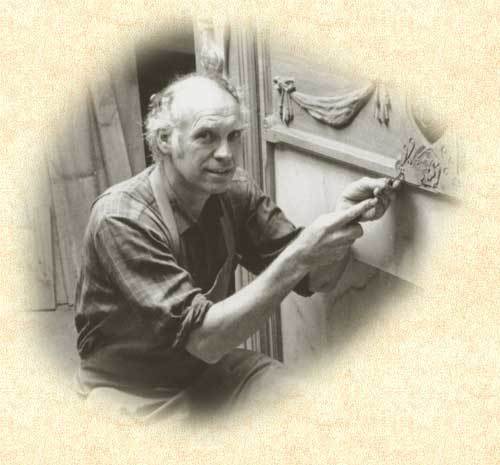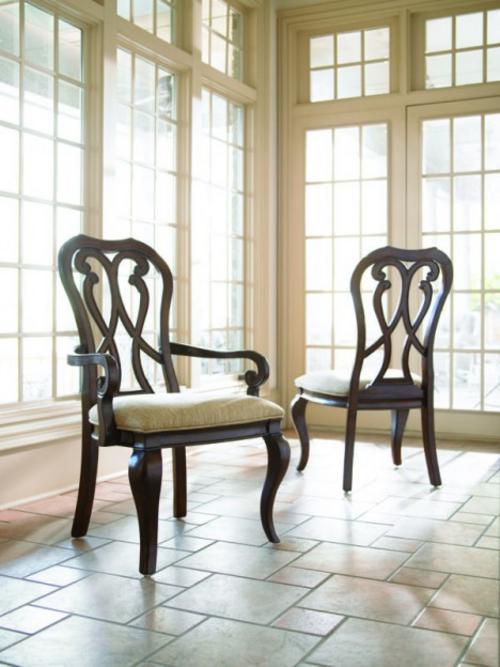Chippendale Furniture
His elegant creations have graced the homes of aristocrats and millionaires; ironically Thomas Chippendale, the brilliant 18th century English furniture designer never quite achieved equal social status with his clients.
Thomas Chippendale was born in 1718, in Otley, Yorkshire to a cabinetmaker, John Chippendale and his wife Mary. After completing his elementary education at the Otley Grammar School, young Thomas, it is believed, became a family apprentice. In all probability, he also worked under Richard Wood, a reputed cabinet-maker from York. 
|  |
 | In 1748, Chippendale set up shop in London. In 1754, he published The Gentleman and Cabinet Maker's Director, a landmark publication on English furniture design. A huge bestseller, it made Chippendale a household name across the western world. Chippendale was the first furniture line named after its maker rather than a monarch. With the keen eye of an artist, Chippendale cherry-picked design elements from three widely varying schools of art, Gothic, Rococo and Chinese, and blended these into a pleasing, elegant style. The term 'Chippendale' is most frequently applied to English furniture of the mid-eighteenth century, featuring designs adapted from the Rococo style. Many of us are familiar with one of the most famous designs, the Ribbonback Chair, with a broad seat, a back rail like a Cupid's bow and a central support with delicately carved, interlaced 'ribbons'.
The cabriole leg was a popular 18th century European furniture design, inspired by the legs of ungulates like the horse, zebra, goat and antelope ending in a 'ball and claw'. Originally from ancient China and Greece, the cabriole leg is signature Chippendale. From Chinese furniture, Chippendale adapted the spare, linear beauty of bamboo fretwork and added embellishments, applying these designs to china cabinets, chair backs and legs, and 'china tables' or tea tables. With the enormous public interest at the time in Chinoiserie, all things Oriental, Chinese Chippendale became a raging fashion. Furniture pieces intended for Chinoiserie-styled rooms were japanned or lacquered in the Chinese tradition, a style that still rules.
Identifying a genuine Chippendale is tough; its creator never left a distinctive mark. Also, after becoming successful, Chippendale employed workmen rather than crafting furniture himself. The best way to ascertain the authenticity of many fine pieces attributed to him is to get hold of an original bill or similar document. |
Some distinguishing features of genuine Chippendale:
- Deep, detailed carving
- Marks left by hand-tools
- Genuine Chippendale lacks machine perfect regularity.
- Hand-made joints with tiny irregularities.

A reputed antique dealer will provide a written guarantee, with a detailed description of the item's features and origin. One more identifier, authentic Chippendale comes with a five or six figure price tag!
|  |


